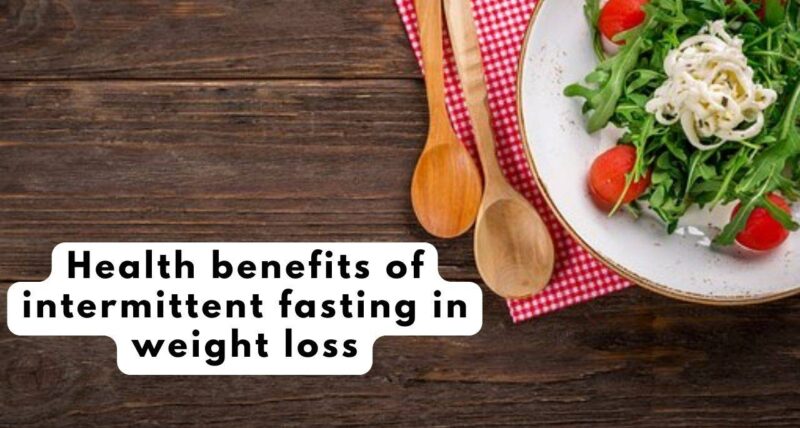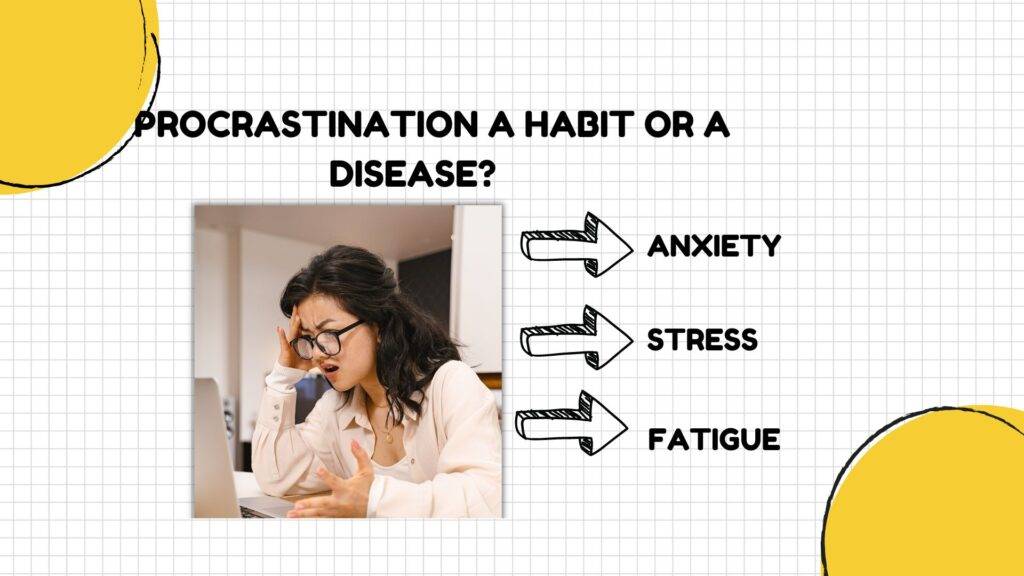Regarding living a healthy lifestyle, weight management is the ultimate thing one must be bothered about. While exercising does help one with weight, a proper diet plan is also important. In this process, people often find it difficult to figure out what to eat, when to eat, and how to eat. Ultimately everything gets jeopardized, and the person gains more weight than ever. However, every problem has a solution, and so does this one. Have you heard about the health benefits of intermittent fasting in weight loss? Well if you have heard about the same let’s help you with other details. In case you have not, then also, the write-up will help you out with the ultimates.
Intermittent fasting schedule – benefits of intermittent fasting in weight loss
While other forms of diet focus on the “what to eat” part, intermittent fasting’s primary focus is “when you eat?” While following an Intermittent fasting schedule, you can only have food during a specific time period. The entire regime is backed by ultimate research. Here individuals fasting for a fixed number of hours in a day or eating only one meal a week did help them with rewarding health benefits.

Well, there are various schedules for intermittent fasting, and some of them are listed below:
Twelve hours fasting schedule:
Here, you can abide by 12 hours fasting window regularly. The diet plan is great for beginners; in the process, one can consume a similar amount of calories daily. You can choose between an 8 pm and 8 am schedule, but make sure to wait till 8 am to have breakfast.
Sixteen hours fasting schedule:
The particular is also known as the Leangains diet or the 16:8 schedule. Here, you will be fasting for 16 hours each day and have meals planned for the remaining 8 hours. While following this diet plan, males can carry on with the 16 hours schedule, and females can go for 14 hours fasting straight. Do follow this diet plan only when you have tried the 12 hours schedule but did not see any prominent results.
Complete fasting for two days a week:
The third in the list is where you will be fasting two days a week and have regular food for the next five days. Keep a one-day gap between two fasting days. However, on fasting days, men can have 600 calories, and females can intake 500. As per research, this type of arrangement brought down the participants’ insulin levels.
Fasting alternate days:
Here, people are seen to follow a fasting regime on every alternative day. While some participants avoid solid foods on the days they fast, others intake up to 500 calories. However, this regime type is quite on the extreme side and might not be suitable for beginners or those with medical conditions.
Twenty-four hours of fasting in a week:
This is quite hard and is also known as the “eat stop and eat diet.” In the process, the person goes into complete fasting for one or two days a week. And there is no food involved. The person fasts from lunch to lunch or from one day’s breakfast to the other. However, during this diet, one can have a non-calorie drink, including tea and water. This form of diest can be quite tiring, and one can go through extreme conditions of headaches, fatigue, and irritability during the process. With time the body will come to terms with the same.
Warrior diet plan:
The extremist one in the entire intermittent fasting schedule is the warrior diet plan. It involves eating some raw fruit and vegetables during the 20 hours of the fasting period and then having a full-fledged meal for dinner. You can only eat for four hours. People already following this type of diet did claim that their body was able to gain the relevant nutrients in line with the circadian rhythms. Nonetheless, this diet plan is the ultimate, and you shall include enough fat, proteins, vegetables, and carbohydrates in the servings. Probably the toughest but also offers the best of benefits of intermittent fasting in weight loss so far.
The health benefits of intermittent fasting in weight loss
As per research conducted in the USA, people were less overweight 50 years ago. This was because there was no internet or computers, and people did turn off their TV after 11 pm. The sleep cycle was quite balanced, and there was no midnight snacking. Also, these people did enjoy outdoor activities and are into regular exercise.

With the expansion of the internet and web series replacing the regular shows on TV, people are always seen confined within their four walls. Rather than running alone, they enjoy playing games on the console or their laptops. Ultimately, without even realizing it, these people end up having more food than needed. That results in weight loss and enhance the chances of heart disease, type 2 diabetes, and other forms of illness.
With an intermittent fasting schedule, one can reverse these trends and live a healthy life without compromising their existing schedule.
Is intermittent fasting safe?
To this question, fasting for long hours when your body is not prepared can be problematic. In that case, one needs to be well aware of their body type and consult a health physician before proceeding with any fasting schedule. Also, you need to keep in mind that a woman’s body type is different from that of a man. So pregnant women and those who are breastfeeding must not follow any intermittent diet schedule.
Is intermittent fasting healthy?
As already discussed, for the body types that are ready to abide by a fasting schedule for prolonged hours, intermittent fasting is the best. However, those who are not that equipped and have records of severe illness or disorder staying without food must drop in the idea. Do not opt for intermittent fasting when you are:
- Pregnant
- Is breastfeeding
- Diagnosed with kidney stones
- Have diabetes
- Or suffer from gastroesophageal reflux
Intermittent fasting 20:4 vs 16:8: Benefits of intermittent fasting in weight loss
The fasting schedule 16:8 and 20:4 are quite in contrast to each other and are the most prominent among all. That is the very reason for choosing the particulars for a detailed comparison.
16:8:
The 16:8 fasting schedule has a longer eating period than the 20:4 and is relatively well-suited for intermediate-level people. When following the 16:8 fasting schedule, you must follow these particular steps:
- Decide upon the eating window you are flexible with. People complete their meals by 8 pm and then start again at noon the next day.
- Because you are not having breakfast in the morning, you can have calorie-free drinks, black coffee, or herbal tea instead.
- Once you have completed the sixteen hours of the fasting period, go for complete meals in the next eight hours window. But do focus on the nutrient base of the food that you intake.
Pros:
- You will get a longer eating window
- Easy for the long term
- One can follow the regular lunch and dinner schedule.
- Also promotes muscle gain.
Cons:
- A slower rate of fat loss compared to the 20:4 schedule.
- Fewer benefits from the fast.
Who must and must not try the 16:8 hours of fasting schedule?
16:8 is quite on the intermediate level, and anyone who wants to deal with their hunger cravings or lose weight can try the same.
Avoid this form of fasting schedule in case you feel dizzy on skipping meals. Do not start with the 16:8 schedule immediately if you have been surviving on processed food for all this while. Also, it is better to start with the 12 hours of fasting structure.

20:4:
The particular is also known as one meal a day or the warrior diet. The focus is to follow disciplined eating habits like the warriors from ancient times. Here is a step-by-step guide to a 20:4 intermittent fasting schedule.
- On the very first step, you need to fill up your stomach with fruits and drinks rich in health benefits. Never skip this part, as the food you consume will help you with energy for the upcoming 20 hours.
- In the second step, you must carry on with the fasting schedule for the next 20 hours. You can have water and drinks but no food.
- The third step comes once you are done with the 20 hours of fasting. Now, you get a solid 4 hours of eating window and can consume calories as per need.
Pros:
- Greater results in fat burning
- Long periods of fast
- The body showcases great results within a short time.
Cons:
- Is not an appropriate option for those with medical conditions.
- The format is quite hard, and not everyone can stick to the same.
Who must and must not try the 20:4 hours of fasting schedule?
Go for this ultimate fasting schedule only when you are not going to the gym for more than three to four hours per week. Also, the main focus shall be weight loss, and you must get back to the regular schedule of having normal food once the goal is accomplished.
Do not opt for the 20:4 dieting schedule, in case you have never tried other forms of intermittent fasting. Women must be more careful. Those with eating disorders or does intake high amounts of junk food must not try.
That pretty much sums up the intermittent diet schedule. Have your own research game on and get going with the rest of the schedule you want to follow on a daily basis.



